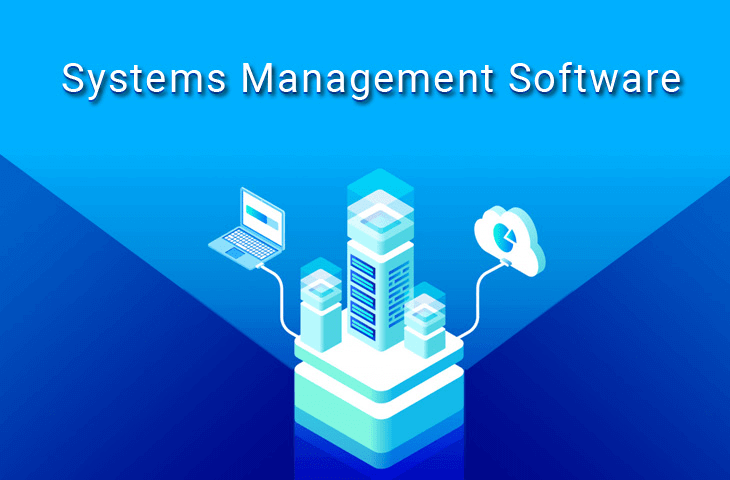In the fast-paced and competitive realm of business today, resource management stands as a critical factor in driving organizational success. The strategic allocation and optimization of resources – including personnel, equipment, and finances – can heavily influence project results and overall productivity. As such, an increasing number of organizations are gravitating towards resource management software solutions, aiming to refine their operations and bolster decision-making processes.
This comprehensive guide has been developed to equip beginners with a detailed understanding of the assorted resource management software available today. It discusses their key features, benefits, and pricing structures and offers guidance on choosing the tool best aligned with specific organizational requirements.
The immense value of implementing appropriate resource management software is evident in various aspects of organizational operation. These tools enhance team collaboration, provide real-time insight into project progress and resource distribution, and offer predictive analytics. This allows organizations to make decisions based on solid data and rapidly adapt to evolving situations.
Given the vast array of options – each with different price points and functionalities catered to distinct industries – beginners on this journey must build a strong understanding of the basics of resource management software. The aim of this guide extends beyond merely imparting knowledge; it’s designed to enable informed decision-making when exploring this intricate field.
What Are The Benefits Of Using Resource Management Software?
Utilizing resource management software offers numerous advantages, such as optimized resource utilization, improved project planning, and streamlined collaboration, ultimately contributing to enhanced business performance and maximized productivity. These tools fall under various categories including project management software, task management software, workforce management software, project portfolio management software, and collaboration software. Each of these types of solutions contributes to a more efficient allocation and use of resources across an organization’s projects and teams.
Resource management tools enable organizations to allocate resources effectively by providing insights into resource availability and demand. By using project portfolio management software in conjunction with task or workforce management systems, companies can ensure that they are assigning the right people or equipment to the most critical projects at any given time.
Additionally, collaboration features available within many resource planning solutions allow team members to communicate seamlessly regarding their tasks or responsibilities while also keeping managers informed about progress in real-time. This level of visibility enables better decision-making when it comes to allocating resources throughout the life cycle of a project and ultimately leads to more successful outcomes for businesses employing these solutions.
What Features Should I Look For In A Resource Management Software?
When evaluating various resource management tools, it is essential to look for features such as efficient resource allocation, real-time data reporting, seamless collaboration functionality, and customizable project planning capabilities.
Time-tracking software enables organizations to monitor the time spent on tasks and projects accurately, providing insights into employee productivity and effectiveness.
Business intelligence software can help organizations make data-driven decisions by analyzing project performance and identifying trends in resource utilization.
Cloud computing software allows easy access to information from any location with an internet connection, facilitating real-time communication and collaboration among team members.
Mobile software provides users with the flexibility to manage their resources on the go while SaaS (Software-as-a-Service) solutions offer cost-effective alternatives to traditional licensed software packages.
Another important aspect of a comprehensive resource management solution is its integration capabilities with other commonly used tools within the organization. A well-integrated system helps streamline processes by reducing manual inputs and ensuring consistent data across different platforms.
For instance, integrating a resource management tool with financial systems can improve budgeting accuracy while connecting it with human resources or talent management systems can enhance workforce planning activities.
Moreover, customization options should be considered when selecting a suitable solution; agencies may require specific functionalities tailored to their unique needs or industry requirements.
Ultimately, choosing the right resource management software will depend on an organization’s unique demands concerning functionality, pricing options, scalability potential, user-friendliness, and support services offered by the vendor.
What Are The Different Types Of Resource Management Software?
Various types of resource management software exist, each designed to cater to specific organizational needs and requirements while offering distinct features and functionalities.
Some software solutions focus on resource planning and allocation, such as Saviom, Ganttic, and LiquidPlanner, which provide comprehensive tools for managing workforce and project resources with intelligent-scheduling algorithms.
Others are geared towards collaborative project management like Asana, Microsoft Planner, or Wrike which help teams prioritize tasks, track progress, and allocate resources effectively.
Additionally, some tools specialize in industry-specific domains such as Jira for agile project management in software development or Celoxis for a wide range of industries including construction, professional services, and manufacturing.
Resource management software also varies by the level of complexity and customization they offer.
For instance, Productive provides an all-in-one agency management solution with multiple features like project management, time tracking, budgeting, reporting, collaboration, billing, and sales whereas Smartsheet offers versatile functionality through dynamic Gantt charts, automated alerts, reminders, resource tracking, allocation, and time tracking catering to organizations with diverse requirements.
On the other hand, tools such as Workfront (formerly AtTask) and Clarizen offer robust enterprise-level capabilities, specifically tailored for large-scale and complex projects that necessitate comprehensive work management platforms with powerful optimization features. Understanding a specific organization’s needs and pricing options is crucial to selecting the right tool, as this can ensure improved productivity, streamlined operations, and increased efficiency. This, in turn, enhances overall business performance, which can ultimately lead to a competitive advantage and substantial growth in the constantly evolving market landscape.
Top Resource Management Tools
Exploring the top resource management tools empowers businesses to make informed decisions when selecting a solution that best suits their specific needs, improving overall productivity and operational efficiency.
Among the leading software solutions in this domain are Productive, Smartsheet, Asana, Microsoft Planner, LiquidPlanner, and Saviom. These tools offer diverse features that cater to different organizational requirements: from comprehensive resource planning and project management capabilities to more targeted functions such as time tracking or collaboration.
Each software product has its own strengths and limitations; therefore, it is crucial for decision-makers to carefully evaluate each option based on their organization’s unique needs. A closer look at these popular resource management tools reveals key distinctions in terms of functionality and pricing.
For instance, Productive offers a range of plans catering to different levels of complexity and budget constraints; whereas Asana provides limited resource management features in its free version but requires upgrading to a paid plan for more advanced capabilities. Microsoft Planner integrates seamlessly with other Microsoft 365 applications but may lack the advanced reporting and analytics needed by some organizations.
On the other hand, LiquidPlanner boasts powerful scheduling features but could be overwhelming for users requiring a simpler solution. Consequently, understanding each tool’s offerings is essential in determining which one will best align with an organization’s objectives while providing maximum value for money invested in resource management software implementation.
Selecting the Right Resource Management Software
Effective resource management is crucial for organizations to optimize productivity and ensure project success. By understanding the various types of resource management software available, as well as the features and benefits they offer, organizations can make informed decisions when selecting the right tool for their specific needs.
Ultimately, the implementation of a suitable resource management software solution will streamline operations and contribute to the efficient utilization of resources. This comprehensive guide serves as a valuable starting point for beginners navigating this essential aspect of business organization and project management.





Be First to Comment